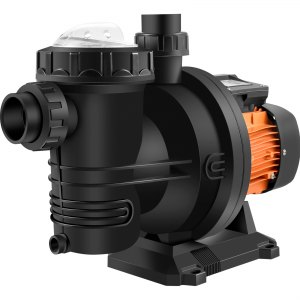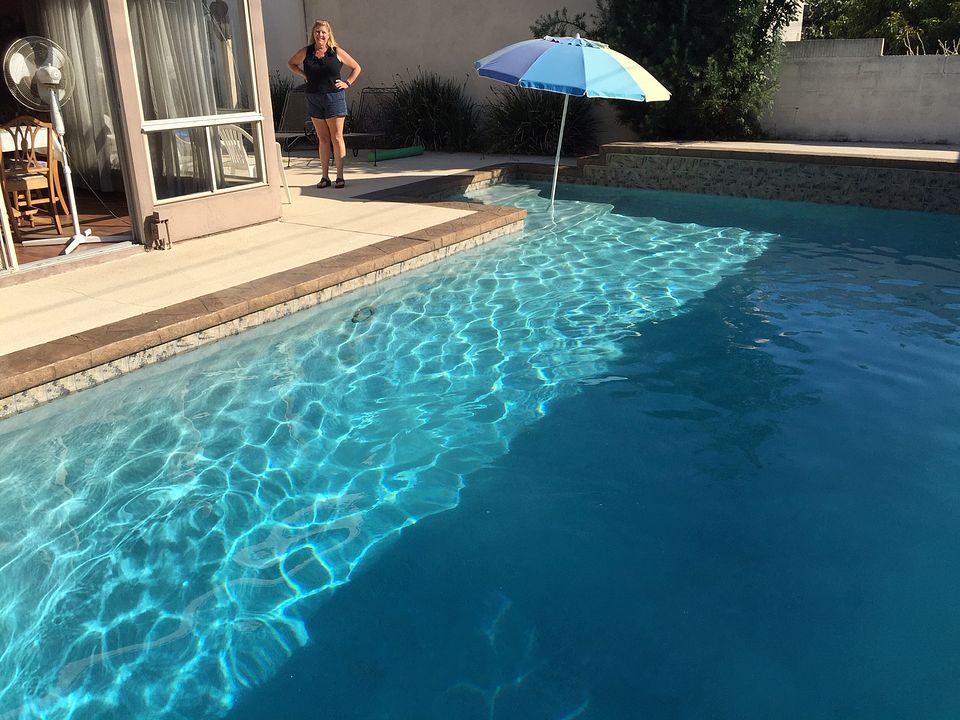I am looking to help a friend come up with a way to convert his pool pump to solar, it is currently on grid. The pool is around 20,000 gallons and has a 1.5 HP 240 Vac pump with a sand filter.
The location is sunny Tucson Arizona. If the pump only ran when the sun was shining that should be adequate. The goal is to have it completely off grid and self sufficient.
It seems to me that a system with enough solar panels and minimal battery usage would be best. The systems I have built for myself are primarily battery based 24 hour systems so this is a different application than I am used to.
My first thought is a completely battery less or minimal battery use system. The Phocos Any-Grid is one example of this type of solution.
A second thought would be to convert to a DC pool pump which could run directly from solar converted to whatever the necessary DC voltage would be.
Before I start to learn more about either of those possible solutions I wanted to see if anyone has been there/ done that with a solution I am not considering.
Any thoughts ?
Thanks in advance,
Joe
The location is sunny Tucson Arizona. If the pump only ran when the sun was shining that should be adequate. The goal is to have it completely off grid and self sufficient.
It seems to me that a system with enough solar panels and minimal battery usage would be best. The systems I have built for myself are primarily battery based 24 hour systems so this is a different application than I am used to.
My first thought is a completely battery less or minimal battery use system. The Phocos Any-Grid is one example of this type of solution.
A second thought would be to convert to a DC pool pump which could run directly from solar converted to whatever the necessary DC voltage would be.
Before I start to learn more about either of those possible solutions I wanted to see if anyone has been there/ done that with a solution I am not considering.
Any thoughts ?
Thanks in advance,
Joe







